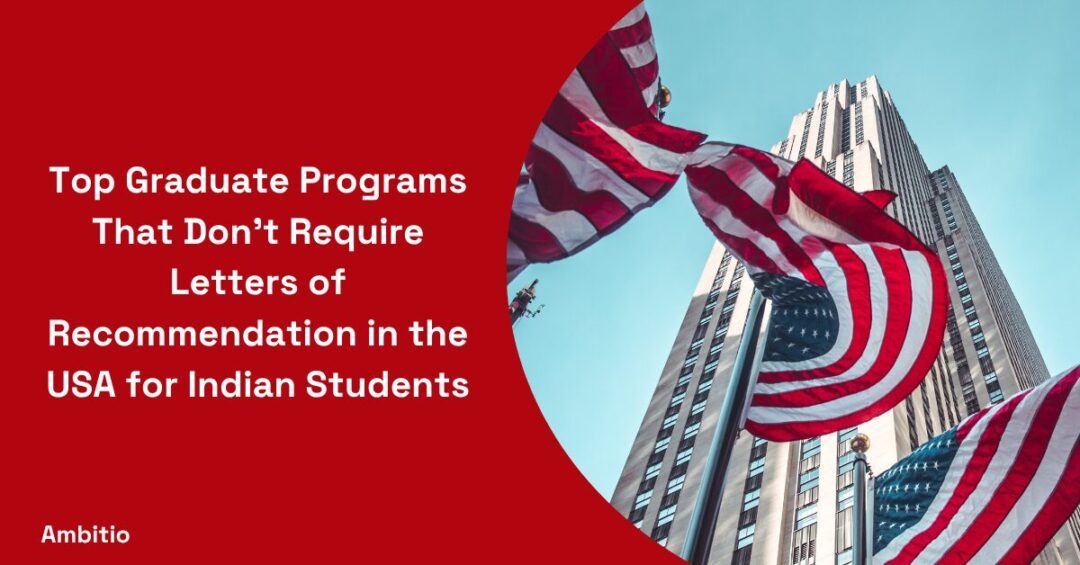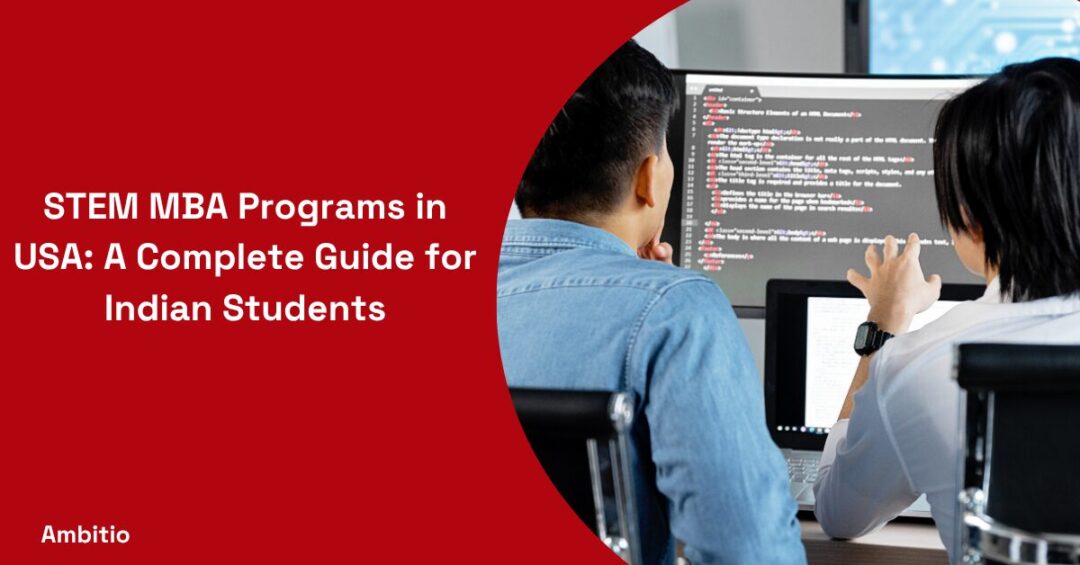10 December 2024
8 minutes read
Top 1000 Universities in the USA

The United States boasts a diverse and comprehensive higher education system, renowned globally for its quality, innovation, and flexibility.
From sprawling research universities to intimate liberal arts colleges, the US offers a rich tapestry of academic environments.
This guide explores the multifaceted landscape of the top 1000 universities in the USA, providing prospective students and academic enthusiasts with a detailed overview of what makes these institutions stand out.
The Importance of Ranking in 2024
Criteria for Ranking
Rankings serve as a vital tool for evaluating the quality and reputation of universities.
They consider various factors, including academic reputation, faculty qualifications, research output, and student satisfaction.
Understanding these criteria is crucial for students and educators alike, as they reflect the institutions’ commitment to excellence and innovation.
- Academic Reputation: Universities are evaluated on their reputation among academic peers and employers, reflecting the quality of education and graduate readiness for the workforce.
- Faculty Quality: The qualifications, achievements, and research output of the faculty members play a crucial role, indicating the level of academic guidance available to students.
- Student-to-Faculty Ratio: Lower ratios are indicative of more personalized attention and a supportive learning environment.
- Research Output: The volume, impact, and quality of research produced by the universities contribute significantly to their ranking. This includes publications in prestigious journals and patents.
- International Outlook: The ability of a university to attract undergraduates, postgraduates, and faculty from across the globe enhances its global standing.
- Financial Resources: The availability of financial resources for improving facilities, funding research, and supporting students is also a key factor.
- Alumni Success: The achievements of a university’s alumni, including awards, leadership positions, and contributions to their fields, reflect the institution’s impact on student’s career trajectories.
Impact on Students and Faculty
The ranking of a university directly influences the experiences and opportunities available to both students and faculty.
For students, attending a highly-ranked institution can lead to enhanced job prospects, a vibrant campus life, and access to cutting-edge research facilities.
For faculty, being part of a top-ranked university means more research funding opportunities, collaboration with leading academics, and teaching motivated and talented students.
Diverse Academic Environments
Public vs. Private Institutions
The choice between public and private universities is a significant consideration for many students.
This part of the article explores the distinctions between these types of institutions, including their funding sources, tuition rates, and campus cultures.
| Aspect | Public Universities | Private Universities |
|---|---|---|
| Funding | Primarily funded by state governments, leading to lower tuition for in-state residents. | Funded through tuition fees, donations, and endowments, which can lead to higher tuition costs. |
| Tuition Fees | Generally lower, especially for residents of the state. | Higher, but often offset by substantial financial aid packages. |
| Class Size | Tend to have larger class sizes. | Smaller class sizes, allow for more personalized attention. |
| Programs Offered | Offer a wide range of undergraduate, graduate, and professional programs. | May have a focus on specific areas of study or a liberal arts education. |
| Campus Life | Large campuses with diverse student populations and extensive extracurricular options. | Often smaller communities with a strong sense of identity and close-knit student bodies. |
| Research Opportunities | Significant research output, with many public universities classified as R1 for high research activity. | Private institutions also contribute significantly to research, with some leading in innovation and technology. |
For a detailed info on the cost of MS in the USA, click here
Research Universities vs. Liberal Arts Colleges
Understanding the difference between research universities and liberal arts colleges is essential for students prioritizing either academic research opportunities or a broad-based education.
This section outlines the unique characteristics and advantages of each, helping readers make informed decisions about their educational paths.
| Aspect | Research Universities | Liberal Arts Colleges |
|---|---|---|
| Focus | Emphasize research across a wide range of disciplines, offering both undergraduate and graduate programs. | Focus on undergraduate education across the arts and sciences, fostering a broad-based, interdisciplinary learning environment. |
| Class Size | Larger classes, especially at the lower undergraduate level. | Smaller class sizes, promote close interactions between students and professors. |
| Research Opportunities | Extensive research facilities and opportunities for undergraduate and graduate students. | Undergraduates often have direct access to research opportunities, albeit on a smaller scale. |
| Campus Life | Diverse and vibrant campus life with a wide range of activities and organizations. | Tight-knit communities with an emphasis on holistic education and personal development. |
| Graduate Prospects | Graduates often go into research, academia, or specialized professions. | Graduates are well-prepared for a variety of careers or graduate studies, with a strong foundation in critical thinking and communication. |
State-wise University in the USA
Prominent Universities in Each State
The US’s geographical and cultural diversity is mirrored in its higher education institutions.
This comprehensive overview showcases standout universities in each state, highlighting their unique programs, achievements, and contributions to the academic world.
| State | University | Notable Features |
|---|---|---|
| California | Stanford University, California Institute of Technology (Caltech) | Known for cutting-edge research in technology and engineering; strong ties to Silicon Valley. |
| Massachusetts | Harvard University, Massachusetts Institute of Technology (MIT) | Prestigious Ivy League and technical research institutions with global recognition. |
| New York | Columbia University, Cornell University | Ivy League institutions with diverse academic programs and strong global networks. |
| Illinois | University of Chicago | Renowned for its research output, professional schools, and contribution to economics. |
| Pennsylvania | University of Pennsylvania | An Ivy League institution known for its Wharton School of Business and nursing programs. |
| Texas | University of Texas at Austin | Strong programs in engineering, business, and computer science; a leading public research university. |
Unique Programs and Opportunities
Beyond traditional academic disciplines, US universities offer unique programs and opportunities that cater to a wide range of interests and career goals.
From cutting-edge STEM fields to interdisciplinary studies in arts and humanities, this section delves into the programs that set these institutions apart.
- Harvard University’s Dual Degree Programs with Berklee College of Music: Students can pursue a dual degree program, combining rigorous liberal arts education with intensive music training.
- MIT’s Media Lab: Offers interdisciplinary research opportunities that blend technology, multimedia, sciences, art, and design.
- Stanford University’s Joint Major in Computer Science and English: This unique program allows students to explore the intersection of technology and the humanities, preparing them for careers in emerging fields.
- University of Pennsylvania’s Vagelos Integrated Program in Energy Research (VIPER): A dual-degree program offering students the chance to engage in energy research while pursuing degrees in both science and engineering.
- Yale University’s Directed Studies Program: A highly selective program for freshmen, offering an interdisciplinary introduction to Western literature, philosophy, and historical & political thought.
- California Institute of Technology’s (Caltech) Surf Program: Offers undergraduate students the opportunity to engage in cutting-edge research projects in science and engineering during the summer.
- Columbia University’s Joint Degree Programs with Juilliard: Allows students to pursue a rigorous academic program while receiving top-tier musical training at one of the world’s leading conservatories.
Financial Aspects of Higher Education
Tuition Fees and Financial Aid
Navigating the financial aspects of higher education can be daunting for students and their families.
This part of the article breaks down the costs associated with attending a top university in the USA and outlines the available financial aid options, scholarships, and grants.
| University Type | Average Tuition Fees | Financial Aid Options | Example | Financial Aid Impact |
|---|---|---|---|---|
| Public Institutions | $10,000 – $25,000 (in-state) $25,000 – $50,000 (out-of-state) | Federal and state grants, scholarships, and work-study programs. | University of California System | Over 60% of undergraduates receive some form of aid, significantly reducing net cost. |
| Private Institutions | $30,000 – $70,000 | Need-based and merit-based scholarships, grants, and endowments. | Harvard University | Offers a need-blind admission policy; families earning less than $65,000 pay nothing. |
| Community Colleges | $1,000 – $5,000 | Federal Pell Grants, local scholarships, and state-funded aid. | Pasadena City College | Pell Grants cover most tuition costs for eligible students, making education highly accessible. |
| Online Programs | Varies widely, often $300 – $600 per credit hour | Scholarships specific to online students, employer tuition reimbursement programs. | Southern New Hampshire University | Financial aid and reduced rates for the military and their spouses help make education more affordable. |
| Technical and Vocational Schools | $5,000 – $15,000 | Scholarships, federal financial aid, and sponsorships from industry partners. | Lincoln Tech | Industry partnerships often provide scholarships and equipment, reducing the financial burden on students. |
Scholarships for International Students
For international students, scholarships play a crucial role in accessing higher education in the USA.
We explore the types of scholarships available and guide you on how to apply, highlighting the opportunities for talented students from around the globe.
| University | Scholarship Name | Description | Eligibility |
|---|---|---|---|
| Harvard University | Harvard Financial Aid | Offers need-based financial aid to all students, regardless of nationality. | International students demonstrating financial need. |
| Massachusetts Institute of Technology (MIT) | MIT Scholarships | Need-based financial aid is available to all students, including international. | All international applicants demonstrate financial need. |
| Yale University | Yale International Scholarship | Financial aid program designed to meet the full demonstrated financial need of all admitted international students. | Admitted international students with demonstrated financial need. |
| Princeton University | Princeton Financial Aid | One of the few universities offering grants and scholarships instead of loans, covering full demonstrated need. | International students applying for undergraduate programs. |
| Stanford University | Stanford Need-Based Scholarship | Comprehensive financial aid packages that can cover tuition, room, and board. | International students demonstrating financial need. |
| University of Pennsylvania | Penn World Scholars Program | Merit-based scholarships for outstanding international undergraduates. | International undergraduates with outstanding academic and leadership potential. |
Internships and Job Placement Rates
Career services are a cornerstone of the value provided by top universities.
This segment focuses on the role of internships and co-op programs in preparing students for the workforce, as well as the impressive job placement rates of graduates from the top 1000 universities.
| University | Internship Program | Description | Job Placement Rate | Notable Employers |
|---|---|---|---|---|
| Stanford University | Silicon Valley Partnerships | Partnerships with leading tech firms offer students hands-on experience. | 90%+ within six months | Google, Apple, Facebook |
| University of Pennsylvania (Wharton) | Finance and Consulting Internships | An extensive alumni network provides access to top-tier internships. | 95% within three months | McKinsey, Goldman Sachs, Bain & Co. |
| MIT | MIT Cooperative Program | The co-op program integrates education with professional work, extending beyond internships. | 93% upon graduation | NASA, Tesla, IBM |
| Columbia University | Columbia Internship Network | Offers internships across various fields including media, finance, and public service. | 92% within six months | United Nations, J.P. Morgan, The New York Times |
| University of Michigan | Michigan Engineering Corporate Relations | Connects engineering students with industry leaders in automotive, tech, and manufacturing. | 89% within six months | Ford, Google, Boeing |
Admission Process and Criteria
Standardized Tests and Application Requirements
The admissions process is a critical step in the journey to higher education.
This section provides an overview of the standardized tests and application requirements for the top 1000 universities, offering advice on how to navigate this complex process successfully.
| Test | Purpose | Typical Requirement for Top Universities |
|---|---|---|
| SAT/ACT | Assess academic readiness for college. | Top 25th percentile scores preferred (SAT: 1400-1600, ACT: 32-36). |
| TOEFL/IELTS | English language proficiency for non-native speakers. | TOEFL: 100+, IELTS: 7.0+ for most competitive programs. |
Tips for a Successful Application
- Start Early: Begin the application process well in advance to give yourself ample time for essay writing and gathering necessary documents.
- Highlight Unique Experiences: Emphasize personal experiences, achievements, and challenges that make you stand out as a candidate.
- Focus on Fit: Tailor your application to reflect why you are a good fit for the specific university and how you align with its values and academic culture.
- Seek Feedback: Get feedback on your essays and application materials from teachers, counselors, or mentors.
- Prepare for Tests: Dedicate time to preparing for standardized tests like the SAT or ACT to meet or exceed the admission requirements of top universities.
Challenges and Future Trends
| Challenge | Description | Future Trend | Potential Impact |
|---|---|---|---|
| Increasing Tuition Costs | Tuition fees have been rising, making higher education less accessible for many. | Expanding Online and Hybrid Learning | More affordable and flexible education options, potentially lowering overall education costs. |
| Access and Diversity | Institutions struggle to reflect societal diversity within student and faculty populations. | Holistic Admission Processes | Enhanced diversity and inclusion, leading to richer educational experiences and broader perspectives. |
| Keeping Pace with Technology | Rapid technological advancements necessitate continuous curriculum updates. | Integration of AI and Machine Learning | Students gain relevant skills, preparing them for future careers in a tech-driven world. |
| Global Competition | Universities face increased competition for international students and global rankings. | Strengthening International Collaborations | Enhanced global presence and opportunities for cross-cultural learning and research. |
| Sustainability Challenges | The need for sustainable campus operations and curriculum is growing. | Green Campus Initiatives and Sustainability in Curriculum | Promotes environmental stewardship and prepares students for sustainability challenges. |
| Mental Health Concerns | Rising awareness of mental health issues among students. | Enhanced Support Services | Better mental health resources and support systems contribute to student well-being and success. |
How to Choose the Right University
Choosing the right university is a significant decision that can shape one’s future.
We offer guidance on evaluating universities based on academic interests, career goals, and personal preferences, helping readers make informed choices about their higher education journey.
- Identify Your Goals: Understand your academic and career objectives to find universities that align with your aspirations.
- Consider Academic Programs: Look for universities that offer strong programs in your area of interest.
- Evaluate Campus Culture: Research the campus environment to ensure it matches your preferences for a vibrant student life.
- Assess Financial Aid Options: Understand the financial aid and scholarship opportunities available to support your education.
- Check for Location and Facilities: Consider the university’s location and the availability of facilities that are important to you, such as libraries, labs, and sports complexes.
Conclusion
The top 1000 universities in the USA represent the pinnacle of academic excellence, innovation, and opportunity.
As we look to the future, these institutions will continue to play a crucial role in shaping the leaders of tomorrow, advancing knowledge, and addressing the challenges facing our world.
By embracing diversity, fostering collaboration, and prioritizing sustainability, the US higher education system is well-positioned to remain at the forefront of global academia.
FAQs
Q1. How do rankings impact the global recognition of universities in the USA?
Rankings play a pivotal role in enhancing the global recognition of universities by showcasing their strengths in education, research, and innovation.
Q2. What financial aid opportunities are available for international students at top US universities?
Many top universities offer scholarships, grants, and assistantship programs specifically designed to support international students.
Q3. How can prospective students assess the campus culture of a university?
Prospective students can visit campuses, attend virtual tours, and connect with current students or alumni to gain insights into the campus culture.
Q4. What are the key benefits of attending a top-ranked university in the United States?
Attending a top-ranked university offers benefits such as superior academic programs, extensive research opportunities, and a strong professional network.
Q5. How important is the student-to-faculty ratio in choosing a university?
A lower student-to-faculty ratio is important as it often indicates smaller class sizes, more personalized attention, and a supportive learning environment.

You can study at top universities worldwide!
Get expert tips and tricks to get into top universities with a free expert session.
Book Your Free 30-Minute Session Now! Book a call now




























